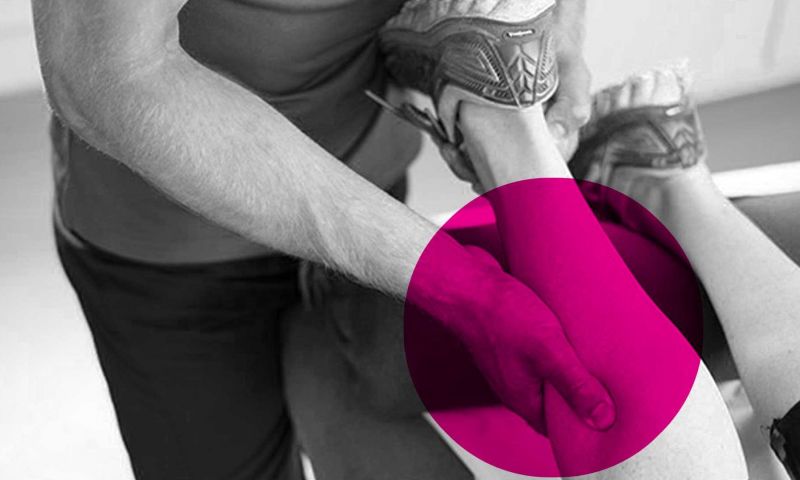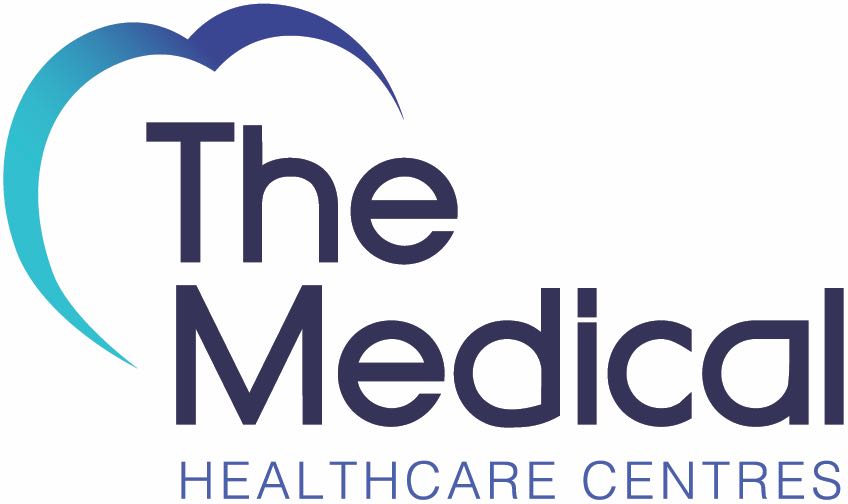
Assisted Stretching
De-stress and limber up with our one-to-one assisted stretching service.
Book your appointment
By applying precise pressure, resistance and traction, our experts will help you stretch further than you thought possible – elongating your muscles, increasing your flexibility, and improving circulation. It’s highly effective at getting your body performing better, preventing injuries and speeding up your recovery after exercise.
Help your body move
- Improve your performance and movement
- Lower your risk of injury
- Help your joints achieve full range of motion
- Increase muscle blood flow
- Help your muscles work more effectively
- Improve your ability to do daily activities
The benefits of assisted stretching can’t be understated. It’s important for anyone, of any age and any fitness level – whether you’re a sportsperson warding off tight muscles, a desk worker countering poor posture, a busy mum juggling little ones, or an older person wanting to stay in shape. Make assisted stretching part of your weekly routine and you’ll notice improved flexibility and an increased range of motion in no time.
How it works
One of the tangible benefits of assisted stretching is being able to increase your range of motion. That means your limbs and joints can move further without you feeling discomfort or pain – or without you getting injured. Our expert practitioners will work with you to develop a stretching plan tailored to your specific needs and goals. You can simply relax, stretch out, and set your sights on peak performance.
Award Winning, Quality Assured
Our Assisted Stretching service is delivered by our team of physiotherapists, all of whom are registered members of the Chartered Society of Physiotherapy (CSP) and the Health and Care Professions Council (HCPC).
Faqs for Assisted Stretching
-
What is Assisted Stretching?
Assisted stretching is when our experts help you stretch more than you normally can by applying pressure, resistance, and traction. This method makes your muscles longer, improves flexibility, and increases blood flow, while keeping your stretches safe and effective.
-
Does Assisted Stretching Work?
Yes, it does. Assisted stretching is highly effective in improving your body’s performance, aiding in injury prevention, and facilitating quicker recovery. It allows you to achieve a deeper stretch than you could on your own, ensuring each muscle group is properly targeted for optimal results.
-
Is Assisted Stretching Worth It?
Absolutely! Assisted stretching is an invaluable technique for everyone, regardless of age or fitness level. It helps elongate muscles, enhance flexibility, and improve circulation, contributing significantly to better body performance, injury prevention, and accelerated recovery post-exercise. By incorporating assisted stretching into your weekly routine, you’ll soon experience noticeable improvements in flexibility and range of motion.
-
Is Assisted Stretching Better Than Regular Stretching?
Assisted stretching often provides more benefits than regular, unassisted stretching. It allows for a deeper stretch, helps in achieving an increased range of motion, and ensures the correct techniques are used to prevent injury and maximise effectiveness.
-
How Long Should You Hold an Assisted Stretch?
The duration of an assisted stretch can vary based on individual needs and goals. Typically, stretches are held for a period that allows for maximum effectiveness without causing discomfort. Our experts tailor this timing to suit your specific requirements.
-
What Are The Different Types Of Assisted Stretching?
Static Stretching: This involves holding a stretch in a comfortable position for a period of time, usually around 15-30 seconds. With assisted stretching, a practitioner helps maintain the position, allowing for a deeper and more effective stretch.
Dynamic Stretching: These are active movements where joints and muscles go through a full range of motion. In assisted stretching, the practitioner guides and supports these movements to enhance their effectiveness and safety.
Proprioceptive Neuromuscular Facilitation (PNF) Stretching: This advanced form of flexibility training involves both stretching and contracting the muscle group being targeted. The practitioner assists by providing resistance during the contraction phase and then helps deepen the stretch during the relaxation phase.
Active Stretching: In active stretching, the person stretches their muscles by actively contracting the muscle in opposition to the one being stretched. With assisted stretching, the practitioner can help stabilise the body or provide slight resistance to enhance the stretch.
Passive Stretching: This type of stretching involves relaxing the body part being stretched and allowing the practitioner to move it into a new position. It is a way of achieving a deeper stretch without any effort from the person being stretched.
-
What is Active Assisted Stretching?
Active assisted stretching involves the individual actively participating in the stretching process, using their own muscle strength in conjunction with the help of a practitioner/physical therapist. This type of stretching technique helps improve both flexibility and muscle control.

